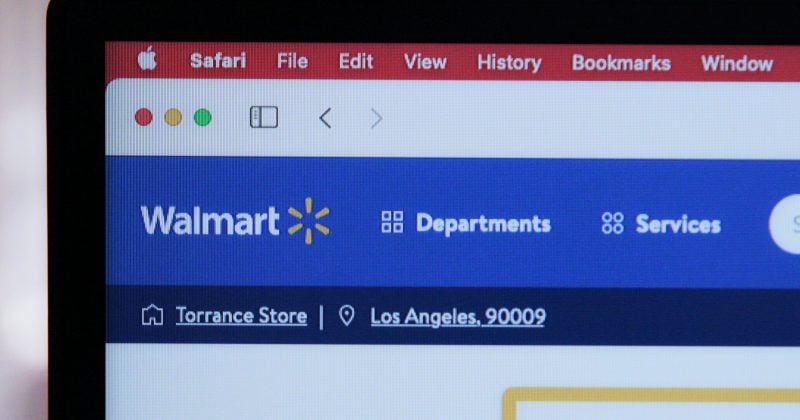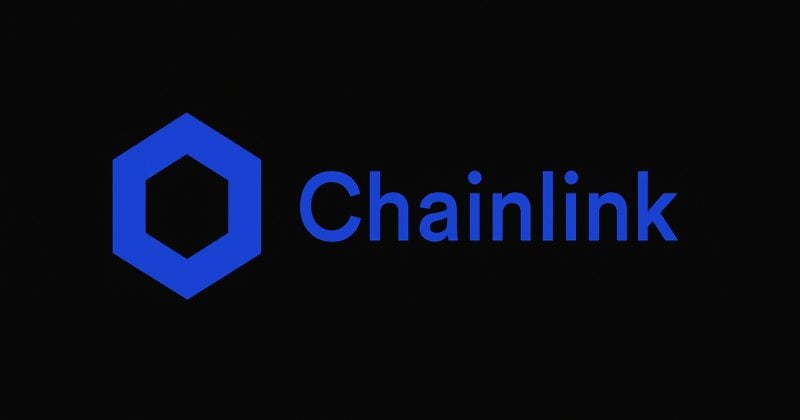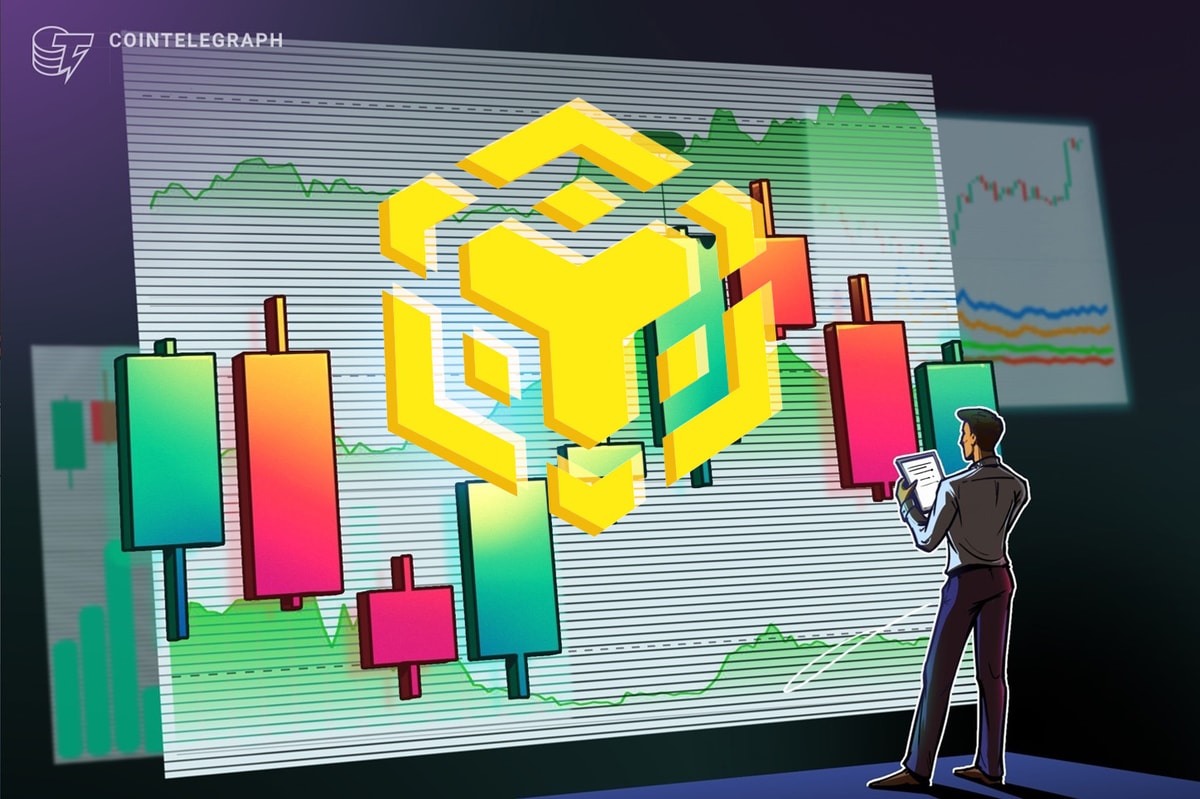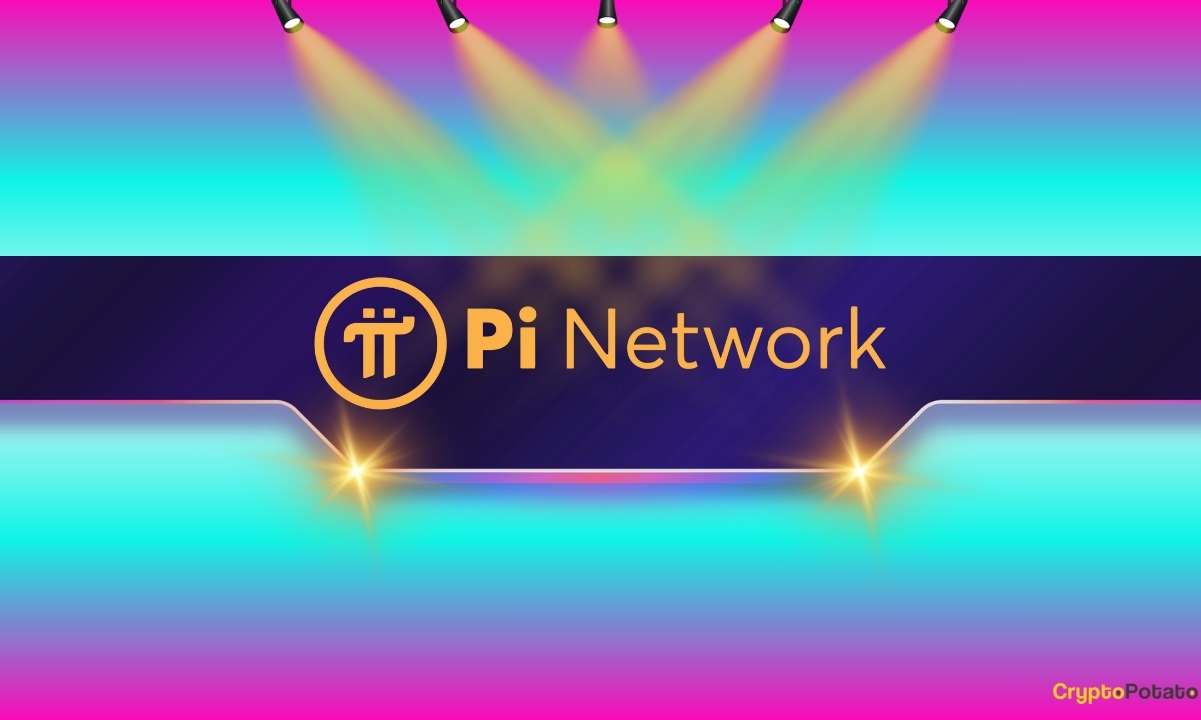Opinion by: Aishwary Gupta, global head of payments and RWAs at Polygon Labs
Most of the eye-popping RWA numbers making headlines are smoke and mirrors. Unless the industry course-corrects, it risks eroding the institutional trust it has spent years trying to build. Every week brings another announcement claiming billions in tokenized assets. When institutional investors request basic details, however, the answers become mysteriously vague.
OpenAI was forced to distance itself from Robinhood’s claim that it was offering access to tokenized stock, clarifying that this did not represent real equity in the company. In May 2025, the SEC charged Unicoin for misleading investors by overstating the value of tokenized real estate deals.
From the continued double-counting problem to the opaque legal status of many tokens, it’s clear that the RWA revolution still faces major roadblocks to achieving credibility.
This is actively harmful to the institutional adoption everyone claims to want. The industry’s obsession with vanity metrics undermines the very credibility that RWAs need, so the ecosystem can unlock the trillions of institutional capital waiting on the sidelines.
The vanity metric industrial complex
“The biggest risk today is assuming that a legal wrapper and a blockchain alone create value,” Forbes cited Ian Balina, CEO of Token Metrics, as saying. “Without real composability, reliable secondary markets, and trusted custody, tokenized assets remain stuck in marketing decks rather than investment portfolios.”
Related: RWA platform enters new phase, expanding compliant access to onchain assets
He’s right. Treating numbers on dashboards as if they’re all that matter is actively harmful. Every inflated claim makes it harder for legitimate projects to be taken seriously. When a pension fund’s due diligence team can’t distinguish between real deployments and phantom TVL, they aren’t interested in picking the real one. They’d rather walk away entirely.
Blockchain’s entire value proposition is transparency and verifiability. Yet here we are, asking institutions to trust numbers we can’t (or won’t) prove.
Fixing the trust problem
Chains that can’t demonstrate verifiable activity or regulatory alignment aren’t only putting their own users at risk, but also undermining the integrity of the entire blockchain ecosystem. They are inflating expectations and undermining trust in the whole concept of tokenization.
To maintain momentum and bring the benefits of RWAs to fruition, we urgently require transparent, regulated deployments that align with actual adoption, rather than fabricated metrics.
What does genuine RWA adoption look like? A good place to start is in Wyoming. In Septembe, the Equality State launched America’s first state-backed stablecoin, FRNT, with full regulatory approval and fully auditable reserves. Or look to Japan, where JPYC is emerging as a legally compliant yen stablecoin that’s creating new demand for Japanese government bonds. These projects solve real payment problems. They’re more than just dashboards with volume moving back and forth.
RWA adoption also resembles the Philippines’ initiative to put government budget records onchain, aiming to combat corruption and increase transparency in public spending. That kind of dashboard means millions of citizens can verify their government’s financial records in real-time. That’s adoption that matters.
BlackRock's BUIDL fund is now over $1 billion in AUM. This fund brings institutional-grade money market funds onchain. Apollo’s ACRED, meanwhile, is bringing blockchain efficiency to the operation of credit markets. These are regulated financial products with real capital and real users.
Stripe’s decision to integrate blockchain rails for global payments came about because they needed to leverage a chain based on actual transaction volume and reliability, not social media engagement.
The transparency test
Any blockchain claiming RWA leadership simply needs to show us the money. TVL numbers are too easy. Can you show us the regulatory approvals? Are the institutional partners willing to go on record? The transaction volumes that prove people are actually using these assets? Can we audit the smart contracts? Can we verify the reserves?
Plenty of legitimate RWA work is happening across the ecosystem, but it risks being drowned out in hype unless we establish standards that show real adoption.
The RWA revolution doesn’t need hype to be exciting. Real adoption comes from a municipal bond issuance that saves a city 50 basis points. Or, from a cross-border payment that settles in seconds, rather than days. It can come from a small business accessing credit markets that were previously closed to them.
That’s not to say the numbers don’t matter. Passing $1 billion in RWAs is meaningless if those assets can’t be audited, settled or traded. The next frontier isn’t inflating dashboards. It’s building trust. Projects that embrace verifiability, regulatory clarity and composable yield will define RWA 2.0 — and attract the trillions still waiting to move onchain.
When transparency and accountability are established, RWAs will reach even greater heights, unlocking trillions in institutional capital.
Opinion by: Aishwary Gupta, global head of payments and RWAs at Polygon Labs.
This article is for general information purposes and is not intended to be and should not be taken as legal or investment advice. The views, thoughts, and opinions expressed here are the author’s alone and do not necessarily reflect or represent the views and opinions of Cointelegraph.

 5 hours ago
2
5 hours ago
2
















 English (US) ·
English (US) ·